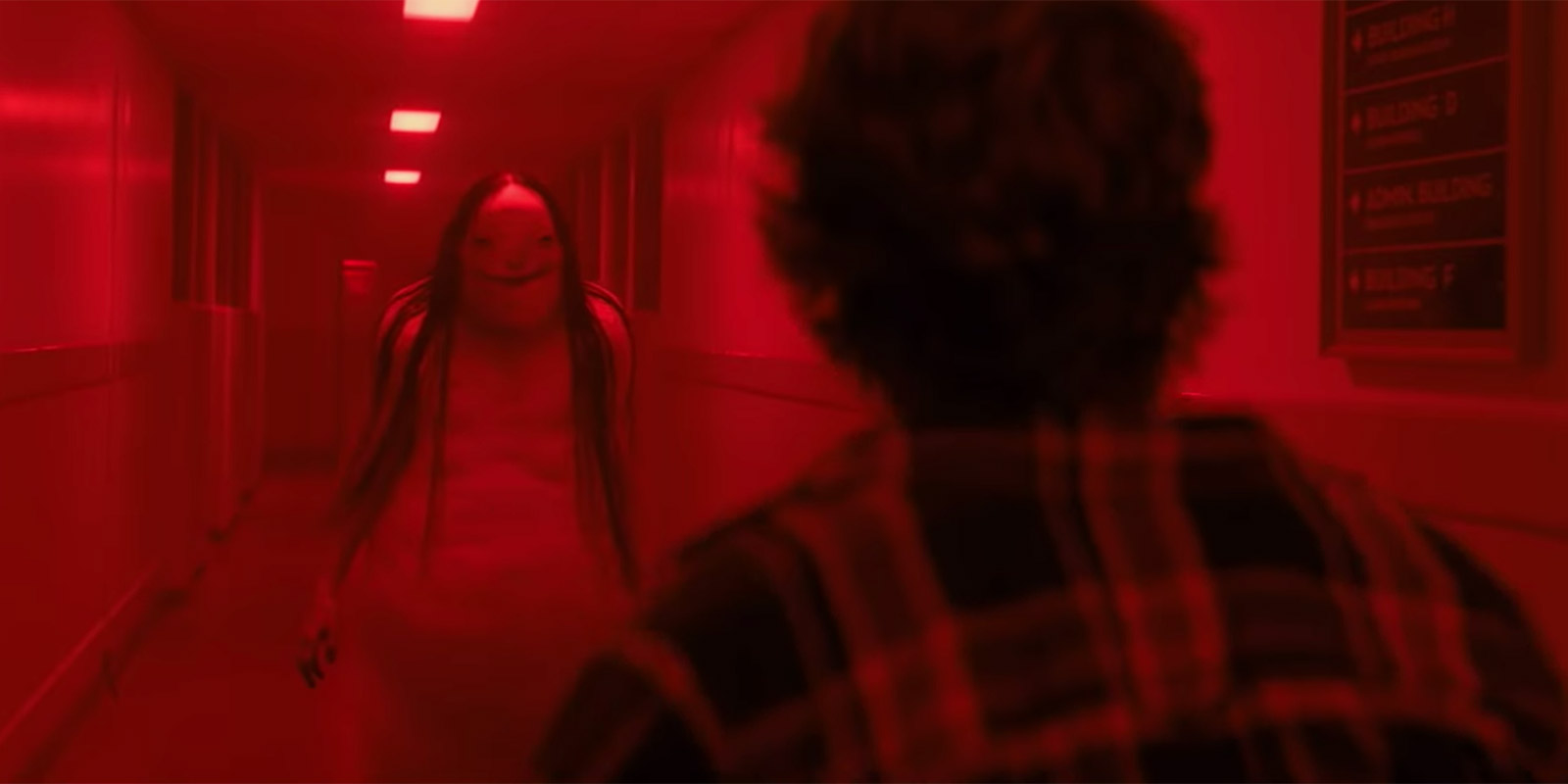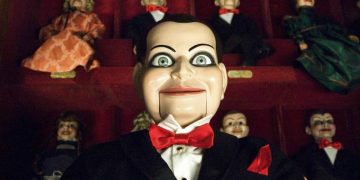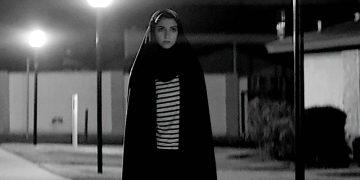Few pieces of literature influenced my childhood quite like Scary Stories to Tell in the Dark.
Alvin Schwartz's haunting tales and Stephen Gammell's chilling illustrations have taken up a permanent residence inside my head. Even though it's been around 20 years since I read the stories, I remember vivid details from many of them.
Needless to say, I was incredibly excited when I first saw a trailer for the movie adaptation of my favorite childhood stories. When I saw Guillermo del Toro on production duties, I was even more excited, as his style is perfectly suited to the dark style of the original stories.
My excitement didn't come without some apprehension, though. After all, we're talking about a collection of short stories being adapted into a movie that's focused on a single overarching story.
Add in director André Øvredal (Trollhunter, The Autopsy of Jane Doe), who is fairly untested on the big stage, and I definitely went into the theater with a fair bit of doubt.
The Good
Scary Stories to Tell in the Dark immediately shook off one of my biggest concerns, and that was figuring out a way to blend a collection of short stories into an overarching narrative.
The movie offers a perfect scene-setting opening that establishes the characters, setting, and tone of the film, and it feels perfectly in place with the stories.
The story is focused around a group of kids who find themselves in a haunted house on Halloween. The characters spook each other (and by extension, the viewer) with the tale of Sarah Bellows, a young woman who lived in the spooky house.
The kids eventually find Sarah Bellows' book of scary stories, which serves as a perfect plot device to mix in the stories from the classic books. As you might expect, Bellows doesn't appreciate her book being uncovered, and that's where the horror begins.
All told, it's a good story with solid character development that actually made me care about the fate these poor kids would suffer.
In addition to the main plot of the terrible book that's making people disappear, there's a well-told story of small-town racism during the Vietnam era and the story of a family struggling with an important loss.
While these aren't the primary focus of the film, they do add an extra layer that makes you care about the characters more.
Scary Stories features a couple of truly memorable scenes that will stick with you just like the original illustrations. The scenes I'm referring to are both in the trailers, but they're far more effective within the context of the film. If you have arachnophobia, you almost certainly know one of the scenes I'm talking about.
There's really nothing bad I can say about any of the performances in the film. Zoe Colletti and Michael Garza do a fantastic job in their starring roles of Stella Nicholls and Ramón Morales. Their friends are played by Gabriel Rush and Austin Abrams, and they both deliver, as does the rest of the cast.
The horror elements of the film are done extremely well. The film doesn't rely heavily on jump scares, but rather it makes you feel uncomfortable with atmosphere, repulsive (but not gory) imagery, and creepy monsters.
For a movie that's designed for kids, this one actually left a pretty solid impression on me, a grizzled old horror veteran.
The Bad
For the most part, Scary Stories to Tell in the Dark hits all the right beats, but it's not a perfect film.
There's a critical scene in the movie that actually lasts a fairly long time where a monster is pursuing a character, and the CGI doesn't hold up well enough. It's not bad, but it's not good either.
If the weak CGI was only for a short scene, I probably wouldn't even mention it, but this particular monster is around for a really long time, and the longer it lingers on the screen, the more you start to notice the imperfections.
Surprisingly, some of the other scenes have fantastic CGI (specifically the scenes with Harold), so it seems odd that such an important monster wouldn't get the same care.
The only other drawback is that some of the monsters don't have the same whimsical creepy style offered by Stephen Gammell's original drawings.
Instead, the creatures seem to be inspired by the 2011 re-release of the book, which are not nearly as chilling as the original drawings. They still look good, but they can't compare to the look and feel offered by The Pale Lady.


